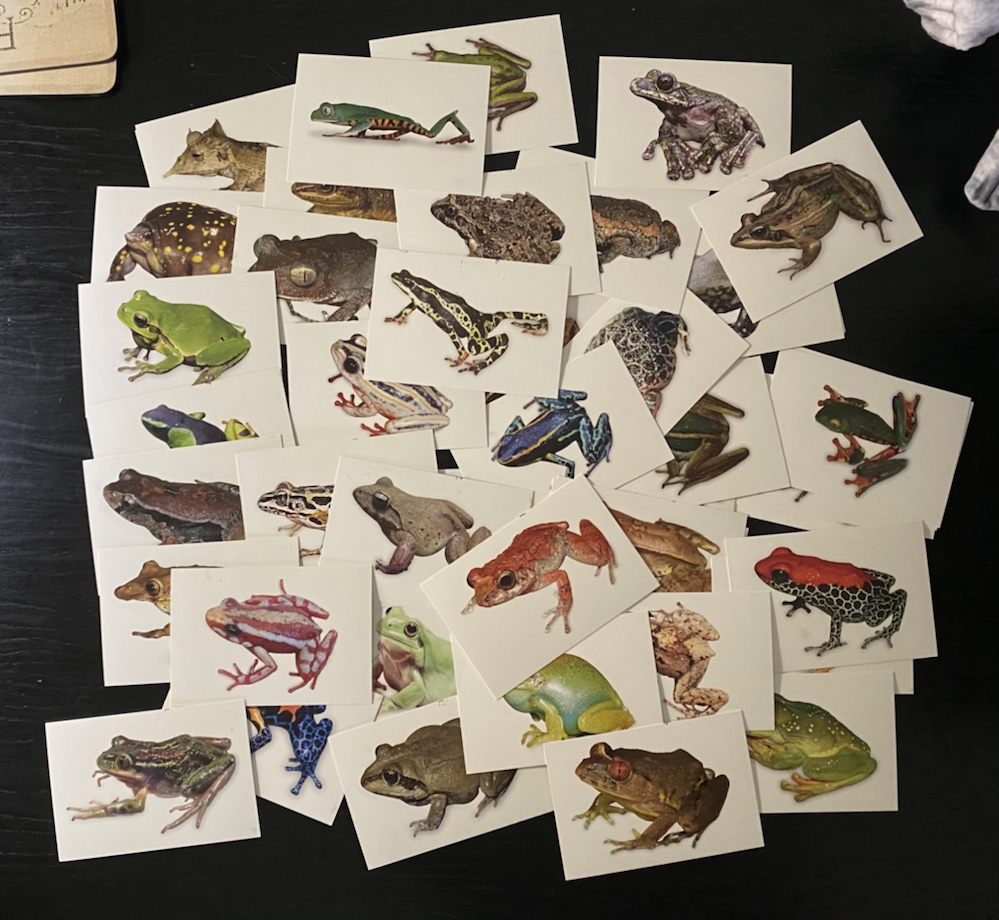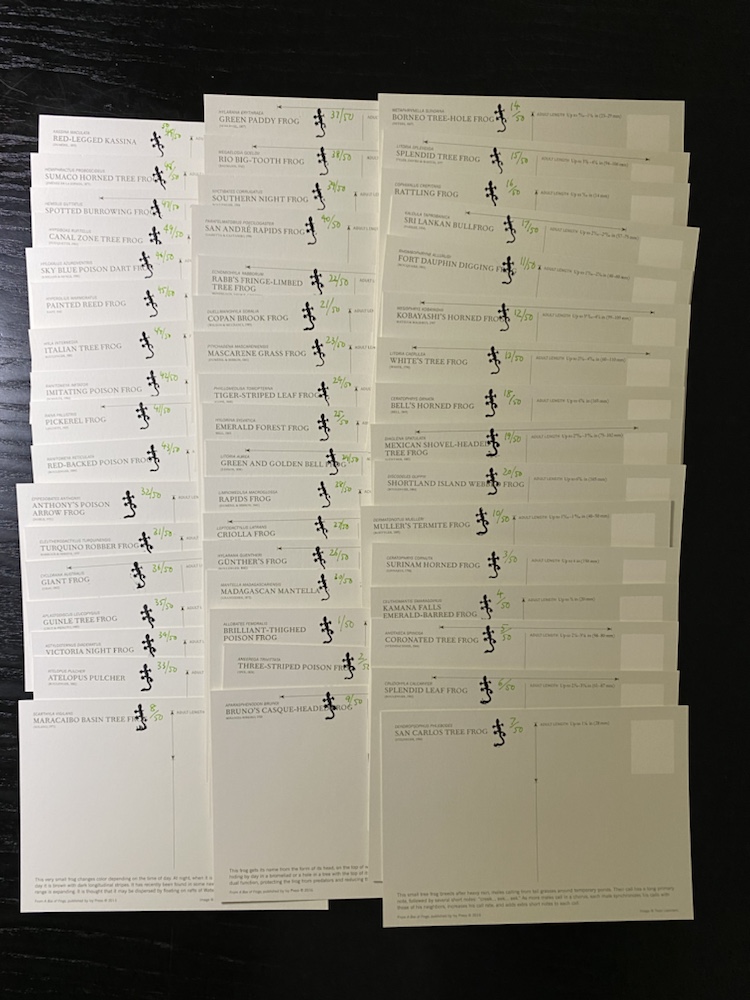Bernard sent me this for my birthday:

It’s an envelope containing 100 ‘Asien‘ stamps. Where did he get it? I don’t know, but whoever packed it was obviously German. Would it contain mostly CTOs or Cinderellas, or just loads of Indian stamps from the colonial days? And could 100 stamps really fit in this tiny envelope (about 1.5 x 2 inches)?
He requested a blog post on the contents, so here we go:

There were 5 Thai stamps, all depicting King Bhumibol Adulyadej who reigned for an astonishing 70 years until 2016. Many stamps featuring his likeness were issued and these seem to be from the 1970s.

The 3 Hong Kong stamps are unremarkable, and would (I assume) all predate 1984 when partial control was given to China. The queens portrait did feature on stamps after that date, but they were more colorful than these.

The 8 Vietnamese stamps seem to date from the late 70s through mid 80s are an interesting mix of nationalistic and historical topics. Some of these stamps are on very thin paper – almost like tissue. I like the designs and printing of these, especially considering they’re 30+ years old.

The 25 Indian stamps are typical of others I’ve seen from this country: small, detailed, and often showing traditional art or Gandhi. The family planning stamp at top right is interesting: I wonder if India attempted population control when this was issued in the 1970s? If so, it failed 🙂

3 Ceylon stamps (pre 1972) and 1 Sri Lanka stamp and none of them show tea! I wonder what language these are written in?

From the above 2 Nepali stamps I learned that 1975 was a ‘south Asia tourist year’. Imagine what it must have been like traveling to Nepal in 1975? The word ‘remote’ comes to mind.

Here we have 5 Bangladeshi stamps. Do you know where Bangladesh is without looking at a map? I think most westerners don’t, but will learn in the next few decades since Bangladesh is on the critical list of countries threatened by sea level rise. Some of the structures on these stamps may in time be in the ocean.

There were only 3 Korean stamps in the envelope and they’re all undated. According to what I found online, the stamp on the right is a Vietnam war memorial stamp issued in 1967 to support war veterans. I never knew Korea sent troops to Vietnam to fight with the USA!

As usual the 6 North Korean stamps are unused CTOs and almost certainly never intended for actual postage. I like the farm animals though 🙂

The 18 Pakistani stamps are superficially similar to the Indian ones, but overall bigger, more detailed and featuring a wider assortment of themes. One of them even contains some gold ink! The ‘service’ overprint visible on some of these denotes that the stamp was designated for use by a government department and not to be sold or used by civilians.

I’m fairly sure these 6 Mongolian stamps are also CTOs. Despite the postmarks they are unused and easily the largest ones in the envelope. The imagery is very Chinese isn’t it?

These 8 Japanese stamps are typical of the ones in the all-Nippon envelope I opened a year or so ago. When can I return to Japan and send you all some Japanese stamps?!?

And lastly we have 6 Israeli stamps. This is a strange inclusion, since Israel is over 4000 km from Asia, so I’ll assume whoever put this envelope together thought the Hebrew text was an Asian language? The five in the right all say ‘shekel’ (the Israeli currency unit) and were issued in 1981. All of these stamps are unused.
So there we go: 99 stamps from 13 countries. While none were repeated (I think, maybe I missed one or two) it looks like the label on the packet was a lie. And not a single Chinese stamp?!











